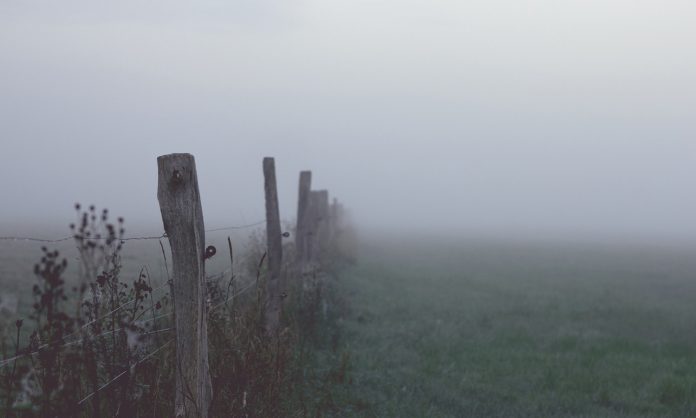
In an article for The Writer, Nicki Porter offers advice for creating atmosphere in your horror novel. “Any fictional setting lives and dies by its sense of time and place, and a strong sense of both is essential in horror, where a well-drawn setting can further fuel a plot with suspense and tension,” she says.
While a horror story is scary only to the extent readers care about your characters, you also need to immerse your audience in your world. “We also need to feel as if we are moving through this terrifying world with these characters, not staring idly at them from a distance,” Porter writes. “If we can fully picture the decaying staircase our heroine is currently descending, we’ll shriek right along with her when the stair under her foot gives way.”
Creating that atmosphere means selecting the right details and placing them in the right place and in the right order. Easy, right? There’s no formula, but Porter makes some suggestions.
First, she suggests analyzing how other writers do it. Go through a short story or novel excerpt and highlight every mention of setting. Observe how the writer balances setting with other elements, like action and dialogue. Make note of the level of detail and what kind of descriptive terms the writer uses. “Does the author devote whole sentences or paragraphs to time and place?” Porter asks. Does the author use onomatopoeia, alliteration, consonance, or repetition? Notice how the language evokes mood, establishes stakes, or provokes unease.











